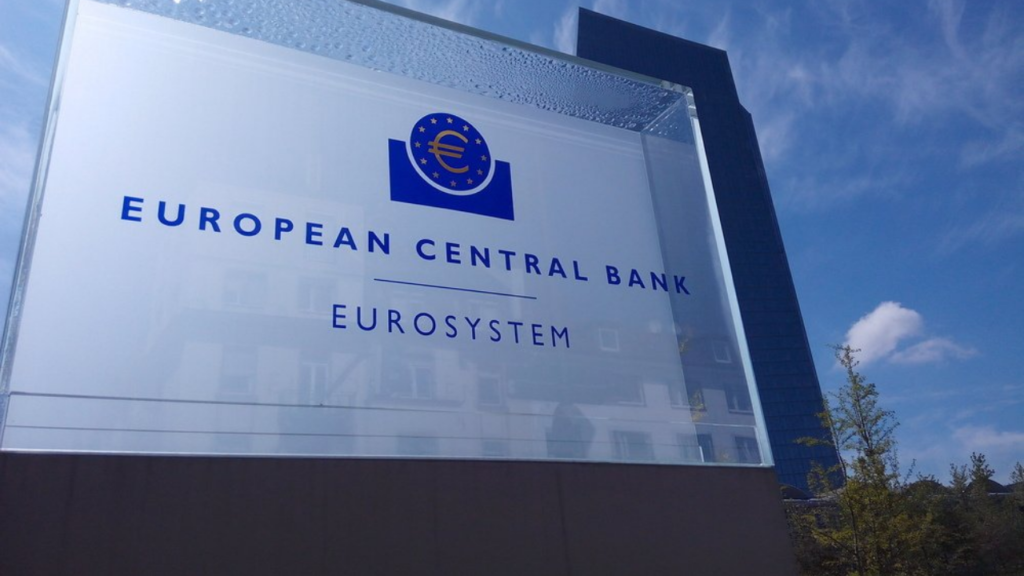Originally published at Project-Syndicate | December 31, 2021
Unlike the US Federal Reserve, the European Central Bank has no fiscal backstop and must worry about the cohesion of the eurozone, in addition to the risk of inflation. Given these complex policy conditions, ECB President Christine Lagarde’s careful approach appears to be as sound politically as it is economically.
STANFORD – This month, the world’s major central banks shifted gears and announced plans to tighten monetary policy. But there was one notable exception: the European Central Bank, which says it does not intend to raise interest rates in 2022, even though it is well aware of today’s inflation risks.
By contrast, the US Federal Reserve now expects to raise its policy rate three times in 2022, and the Bank of England has already increased its main policy rate by 15 basis points. Moreover, to keep an earlier promise that it would not raise rates until it had unwound its balance sheet, the Fed will accelerate the wind-down of its monthly asset purchases.
Does this mean that the ECB is “soft on inflation,” occupying a dovish outlier position among the world’s major central banks? Is Germany’s bestselling tabloid, Bild, justified in bestowing on ECB President Christine Lagarde the mocking sobriquet “Madame Inflation”?
No and no. While Bild may accurately reflect the traditional German view that inflation counts for everything in ECB monetary policy, that perspective is hopelessly outdated in the Europe of 2022.
Lagarde understands that withdrawing monetary stimulus after a crisis can be a fraught task. Raising interest rates too fast could tear apart the currency union by pushing up borrowing costs and stifling the recoveries of heavily indebted member states like Italy, Spain, and Greece. Economists call this “fragmentation risk.” Fragmentation of the currency area is a chronic issue for the eurozone, because, unlike the Fed and the BOE, which both are backed by a single fiscal authority, the ECB operates with 19 independent fiscal authorities.
This may have been uppermost in Lagarde’s mind at her December press conference, where she explained that gradualism is necessary to avoid a “brutal transition” to a more restrictive monetary policy. Not surprisingly, that statement provoked a churlish response from the traditionally hawkish outgoing Bundesbank president, Jens Weidmann. Similarly, Christian Lindner, the new German finance minister, says there are growing fears in Berlin that the ECB’s sensitivity to heavily indebted member states’ borrowing costs would lead it to withdraw stimulus too slowly.
In a way, Lindner is right. Lagarde indeed is in no rush to tighten monetary policy, because of her concern for keeping the currency union intact as the stimulus is scaled down. Like a responsible medical professional, she does not want to rush the process of weaning an addict off a powerful drug. And make no mistake, the ECB’s stimulus policies have had a potent effect on the economy, which in turn has become dependent on them.
Always politically savvy, Lagarde understands that in a region that has created a €750 billion ($850 billion) recovery fund to keep the currency union together, a monetary policy that threatens to split the union would not sit well with the public. A “cold turkey” approach would be as reckless politically as it would be economically.
The biggest potential source of fragmentation risk today is Italy, with its €2.6 trillion in public debt and a long history of political instability. Managing these conditions requires very careful handling. So far, investors seem pleased with Italian Prime Minister Mario Draghi’s leadership. But they fear that political instability will return if Draghi chooses to pursue the presidency (generally a more ceremonial role) following Sergio Mattarella’s imminent departure from that office.
Financial markets already quaked after Draghi’s end-of-year press conference earlier this month, when he suggested that his stay in office might be ending soon. But investors should relax, because there is only a small chance of Draghi becoming Italy’s next president. Most likely, his hint at the press conference was a tactic to gainsay two of Italy’s largest trade unions, the Italian General Confederation of Labour (CGIL) and the Italian Labor Union (UIL), following their call for a general strike just days ahead of a parliamentary vote to approve a crucial budget law. The wily former ECB president-turned-politician knows that sometimes there is nothing like threatening to quit to get one’s way.
It should go without saying that Lagarde’s effort to manage the eurozone’s fragmentation risk will be a lot easier if her predecessor at the helm of the ECB remains in his current post until his term expires in 2023. In my view, he will do just that. But some additional encouragement from Brussels and Berlin could go a long way toward ensuring that Draghi remains in his post – and that the European recovery stays on track.
Melvyn B. Krauss: Is Professor Emeritus of Economics at New York University.
